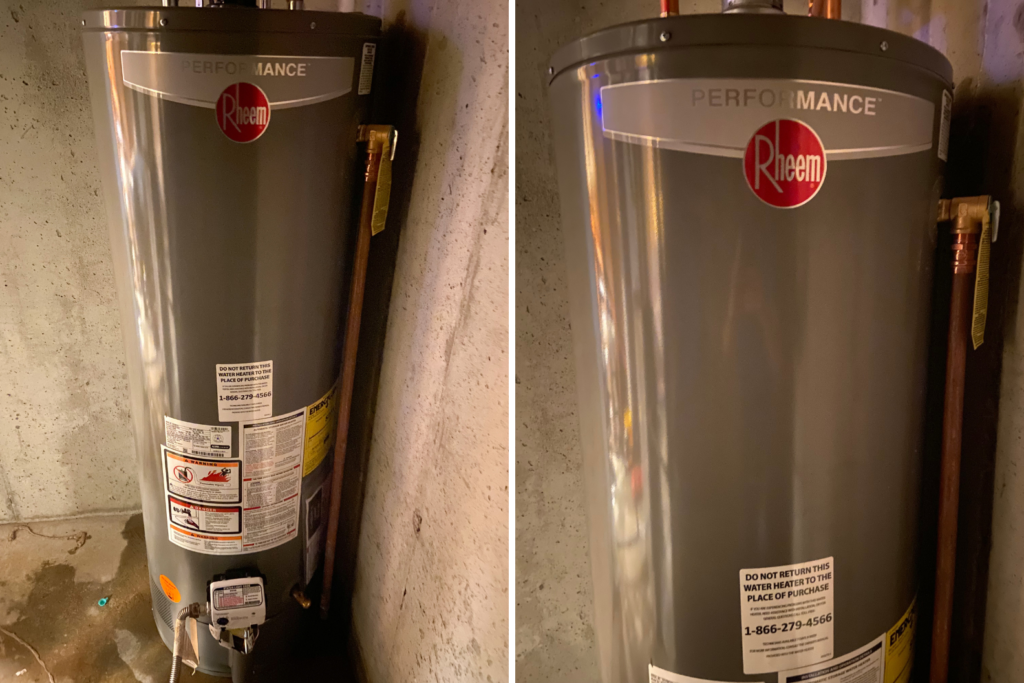There’s never an ideal time to have a plumbing issue pop up. I think it’s safe to say that most homeowners or facility managers would agree with this statement. As a homeowner, there’s the financial aspect of this equation where you’ll have to hire a local plumbing company to make the necessary repairs. However, there is also the inconvenience aspect in which you may have to leave work to meet with the plumber on-site. While this is mostly a given, the one thing you can control is ensuring that you hire a qualified plumbing company who is capable of completing the project successfully the first time. This is a MUST! If you find yourself having to repair the same thing more than once, it can definitely be frustrating!
That leads us into the topic of this week’s blog post: maintenance and how it impacts the functionality of your plumbing system. Just as we mentioned above, you don’t want to find yourself making the same plumbing repairs time and time again. Assuming you hire a plumbing contractor that makes the proper repairs the first time, you should be in good shape. However, if you fail to properly maintain your plumbing system after that, you could be asking for future trouble.
Throughout this week’s blog post, we’ll discuss why regular maintenance is so important when managing a home’s plumbing system. Remember, most of the maintenance tasks are rather straightforward, so they shouldn’t require a significant time commitment.
Water Heater
We’ll start with a plumbing component that’s a frequent topic of discussion here on our blog. Water heaters are responsible for doing exactly what their name suggests and also represent a plumbing component that can be a decent-sized investment when it needs to be replaced. As such, keeping it well-maintained is going to be in your best interest! With a water heater, the most notable maintenance task to mention is flushing the unit. This is true for both storage tank water heaters and tankless units. The reason why flushing your water heater is so important is because of the troubles caused by hard water. Along with some other side effects, hard water can help lead to mineral build-up at the bottom of your water heater. This forces your water heater to work harder as it performs its normal responsibilities.
What else can you do to keep your water heater working correctly? Well…a big one is to simply check on it from time-to-time in order to tell if there’s anything out of the ordinary, like some dripping water anywhere or even an issue with the expansion tank. While this may seem super easy, water heaters are typically installed in an unfinished part of the basement and as a result, aren’t something you regularly get eyes on. In addition, it doesn’t hurt to know the estimated lifespan of a water heater too. This can help immensely in case you’re trying to weigh the difference between repairing your existing water heater and replacing it with a new one.
Sump Pump
Throughout one’s plumbing system, there are several features or components designed to prevent emergencies. Even though we didn’t discuss these in detail above, your water heater has some perfect examples of this with the expansion tank and T&P valve. With that being said, another plumbing component that is responsible for helping limit or prevent costly damage is the sump pump! There are two primary types of sump pumps: submersible pumps and pedestal pumps. For many homeowners, when you think of a sump pump, a submersible one is going to come to mind first. Installed in a pit, these sump pumps collect water in the pit and once it reaches a certain level, they send the water out of the house through the discharge piping. Fairly simple, right?
Maintenance-wise, there are a few things you can do to ensure that it’ll be ready to go when needed. One of the best maintenance tasks is to simply test it from time-to-time. Pour some water into the pit and make sure it kicks on as it should. Then head outside to where the water is being dispersed and make sure it’s headed away from the home’s foundation. Another worthwhile maintenance task would be to invest in a battery backup system. This would help ensure that you’ll still be covered in case you were to lose power during a storm!
Faucets
The final plumbing component that we’ll talk about today are faucets. Just like we discussed with water heaters, faucets serve a rather straightforward purpose, but also are something you don’t want to have to repair/replace more often than is absolutely necessary. Keep in mind that faucets are going to receive quite a bit of wear and tear (especially in commercial settings), so durability can be an important factor to consider when shopping for new faucets! Nonetheless, since this blog post is focused on maintenance, we’ll mention a couple of key topics here:
Cleaning: As we’ve highlighted before on previous blog posts, faucets are a plumbing fixture where appearance plays a role in the purchasing process. Unless it’s for a bathroom that is rarely used, you’re going to want a faucet that matches the surrounding elements. With that being said, it’s important to note that some faucet finishes are easier to clean and maintain than others. If you don’t want to have to worry about cleaning water spots or fingerprints, then you’ll want to adjust your faucet options accordingly! If the faucets you currently have installed are prone to water spots or fingerprints, then a maintenance task you’ll want to add onto your to-do list would be cleaning the faucets!
Calcium Build-Up: In the water heater section above, we discussed the troubles hard water can create for your water heater. Well…this hard water can also cause issues for your faucets too as it creates calcium buildup. It can clog up the faucet’s aerator and almost resemble a low water pressure issue, when in reality, you just need to clean the aerator! Luckily, letting the aerator parts sit in vinegar can work wonders in clearing up this problem.
Need Plumbing Help? Call Stine-Nichols Plumbing!
When you really think about it, your plumbing system plays a role in many aspects of your day-to-day life! Fortunately, the majority of the time, it does its job as expected and doesn’t require you to think about it at all. However, when things happen to go awry, plumbing issues can be frustrating to deal with. That’s why these two things are incredibly important:
Maintenance: While some plumbing issues are going to be out of your control (for example, being due to the gradual wear and tear that is inevitable), staying on top of regular maintenance is one of the best ways to ensure you limit the odds of issues occurring.
Reliable Plumber: The second part of ensuring you’re not making unnecessary plumbing repairs is going to involve having a reliable plumbing company that you can count on. From properly providing installation services that don’t create future headaches to making repairs that resolve the issue the first time, having an experienced plumber you can call is definitely an asset!
For those that live in or near the Kansas City area, our team at Stine-Nichols Plumbing would love to have the opportunity to earn your trust! With a team of experienced plumbing professionals, we’re here to assist with all of your plumbing needs. Water heaters, faucets, garbage disposals, sewer lines, you name it! Simply give us a call at (816) 348-3481 if you’re ever interested in a free estimate for a plumbing project.


